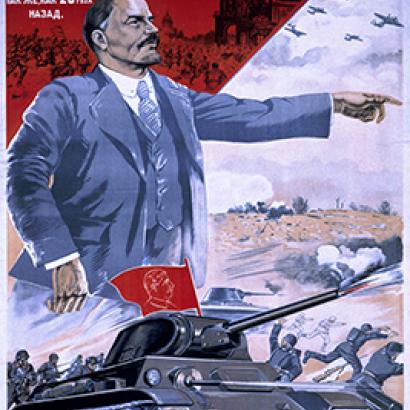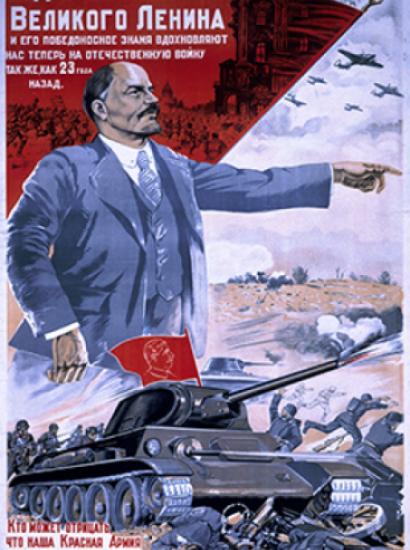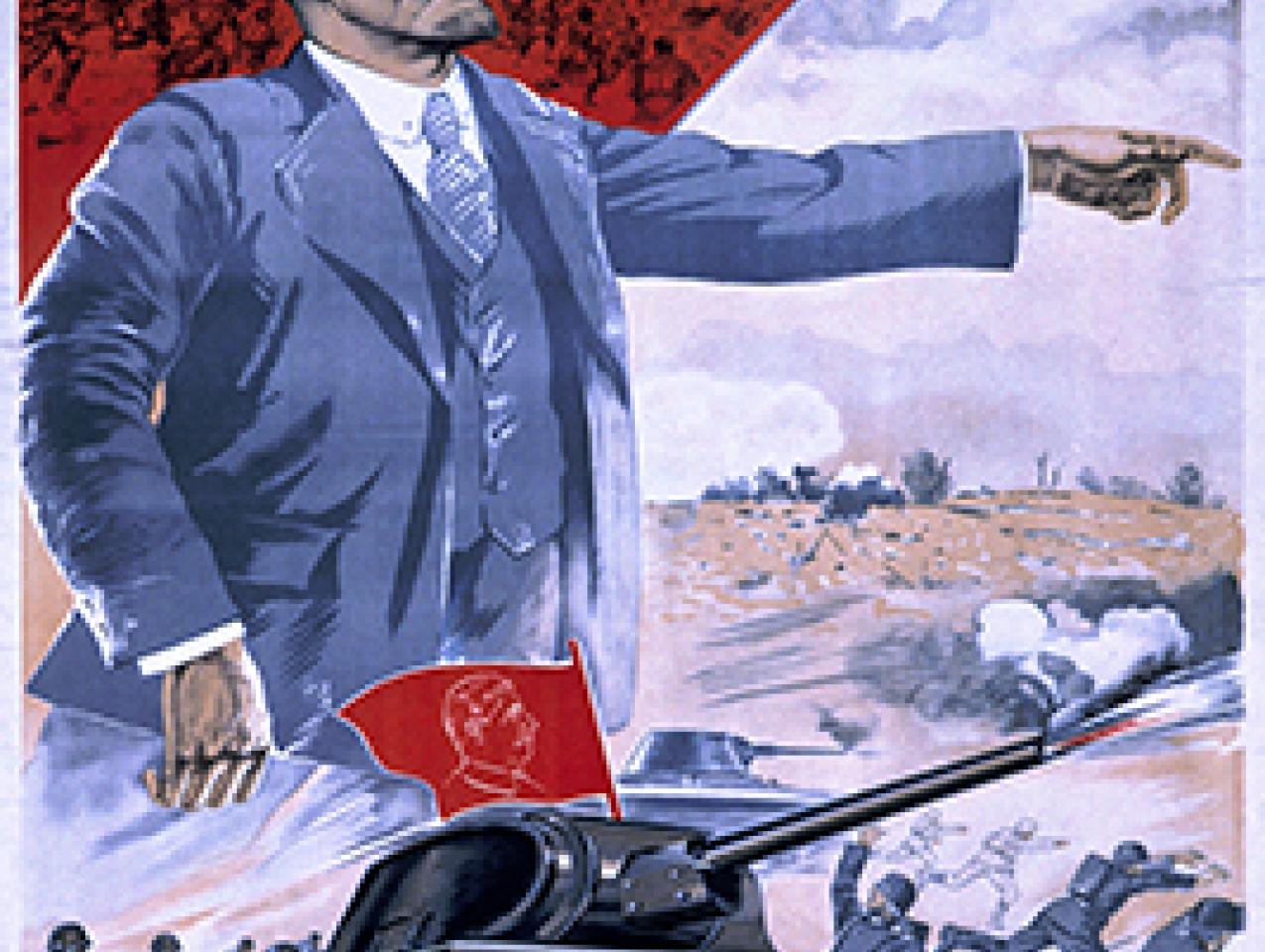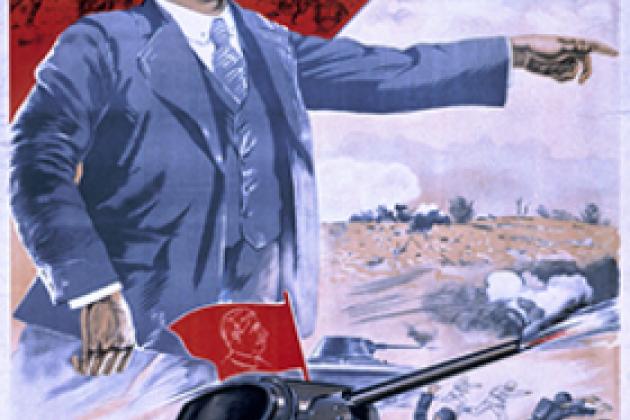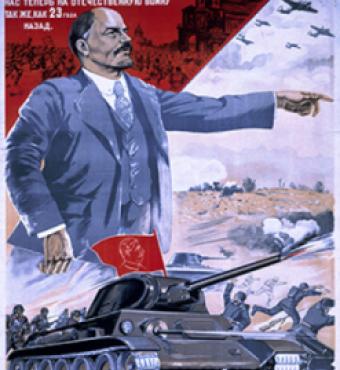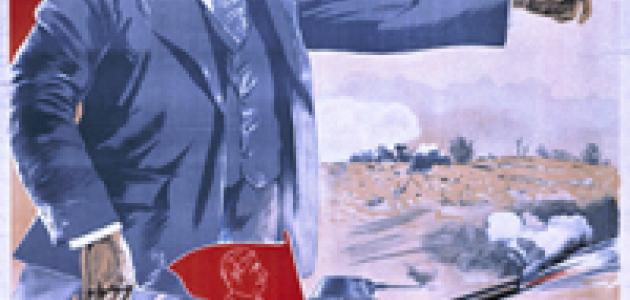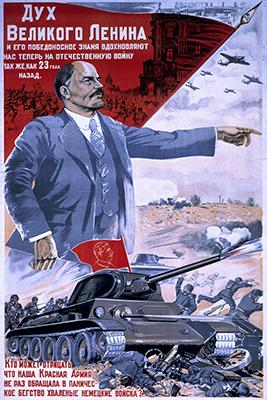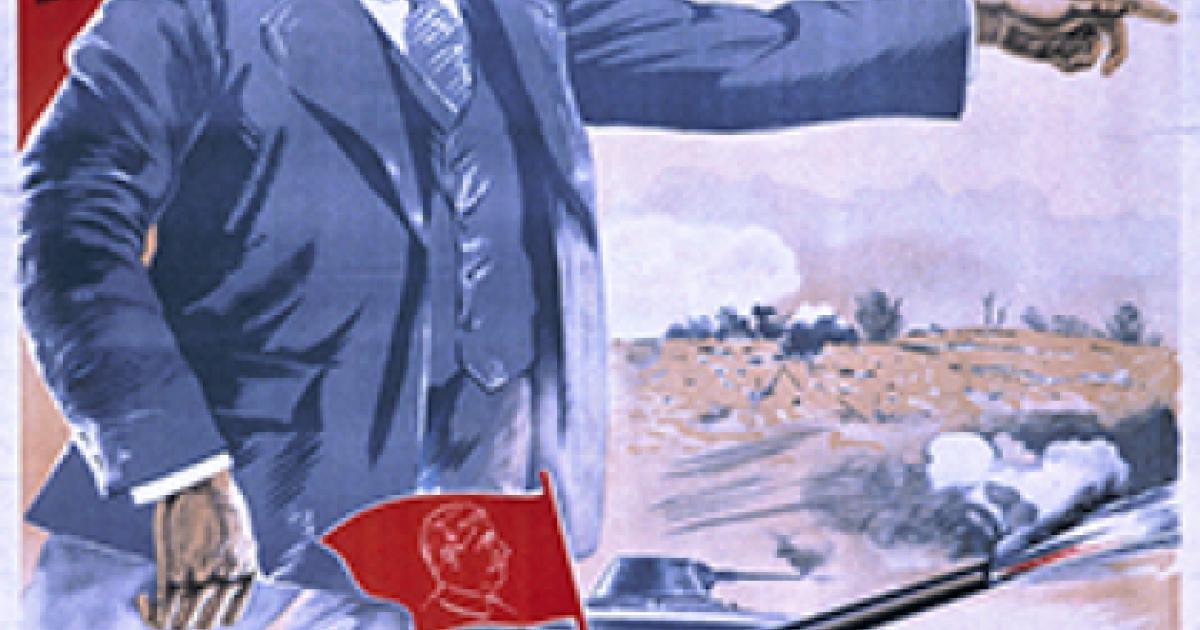- History
- Military
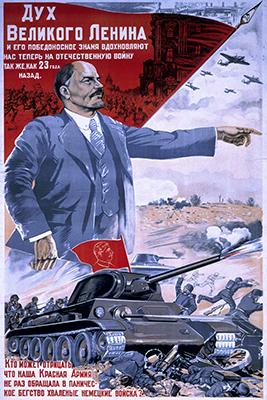
Military History is rarely out of the news in Russia, and this month it was announced that a new Army Cathedral there will have its front steps made out of melted-down tanks seized from the Germans in the Great Patriotic War of 1941–45. President Vladimir Putin, whose pet project this is, has raised 1.8 billion roubles (£20.9 million, $26.8 million) for a three hundred-foot high brand-new Main Cathedral of the Armed Forces in Patriot Park, a military theme park 40 miles from Moscow.
It will be coloured green, with six gold domes and two and a half acres of glass. “We would like every square metre of the cathedral to be symbolic,” says Sergei Shoigu, Defence Minister of the Russian Federation. “To that end, we will pour the steps of the cathedral from German trophy hardware.” There are detractors, of course, who point out that it looks like a greenhouse and who question the need for a new cathedral when attendances at Russian Orthodox services are low and falling, but Putin retorts that it will be “one more symbol of the indestructibility of our national traditions, of our loyalty to the memory of our forefathers and their achievements.”
Much of post-Soviet Russian national identity is bound up with the Second World War, which is increasingly presented in schools and in the media as having been won solely by Russia, with only minimal intervention by the Western powers who were too cynical and cowardly to mount a Second Front offensive until the Russian people had been bled dry. It takes a brave Russian historian to challenge this analysis. The further suggestion is made—not least by Putin himself—that the encroachments on the Motherland made by the Nazis have a modern equivalent in the post-1992 encroachments made by NATO, hence his pushback against Ukraine. This cathedral might well wind up as an architectural expression of this argument, in panzer-metal and green glass.
Patriarch Kirill of the Russian Orthodox Church, which will run the new cathedral in tandem with the Defence Ministry, has given support to the Kremlin, describing Russia’s Syrian campaign against anti-Assad forces as a “holy battle.” In Church theology, certain saints are connected with certain units of the Russian armed forces, such as Great Martyr Barbara, who is the patron saint of the Strategic Missile Troops, and Ilya the Prophet, who is patron saint of the Aerospace Forces and Airborne Troops.
Of course, many countries have a history of using the enemy’s captured weaponry symbolically—Britain’s original Victoria Crosses were made out of the bronze cannon captured from the Russians in the Civil War—but it is usually done a couple of years after the end of the conflict. It takes a President Putin to do it nearly three-quarters of a century afterwards.







